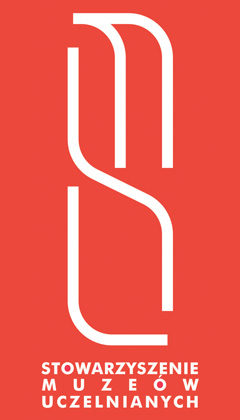Museum of the University of Opole
pl. M. Kopernika 11
45-084 Opole
Tel. (77) 541 59 50
muzeumuo@uni.opole.pl
www.muzeum.uni.opole.pl
Free admission
Mondays – Fridays: 10 am – 4 pm
Director: Elżbieta Niedźwiedź MA
The Museum of the University of Opole was established in March 2014. It was officially opened on the 20th anniversary of the university, which was founded after merging the Higher Teacher Training School in Opole, which had been operating since 1954, with the Faculty of Theology of the Catholic University of Lublin. The idea to open a museum was conceived and brought to fruition by the then rector, Prof. Stanisław Sławomir Nicieja. The museum’s objective is to preserve objects and documents which testify to the history of the university, to promote knowledge in selected fields of science, culture and art by organizing exhibitions, meetings, lectures and museum workshops. The collection comprises items such as the rector’s insignia, commemorative medals and memorabilia, works of art, including paintings, prints, 17th- to 20th-century sculptures, as well as archival materials reflecting the life and activity of the Higher Pedagogical School in Opole and the University of Opole such as documents, chronicles, commemorative books, photographs, films and biographical materials. The museum has two permanent exhibitions, one entitled ‛Alma Mater Opoliensis 1994–2014’, which is constantly enlarged with new documents and exhibits recording the university’s past and present, and the other entitled ‛Palaeontological Treasures of the Opole Region’ – a collection of specimens of which some are more than 220 million years old, which are on display in the European Centre of Palaeontology and the University’s Palaeobiological Laboratory. The museum is located in the historic Collegium Maius building in 283.4 sq metres of space. The exhibitions and exhibits are arranged thematically in five rooms. St Wojciech’s (Adalbert’s) Chapel is included in the exhibition space. This history of the chapel dates back to the 10th century and is connected with the Bishop of Prague, Wojciech Słanikowic and his purported stay in Opole. The historic artefacts placed in the chapel are paintings and sacral art.
Katarzyna Mazur-Kulesza MA
















